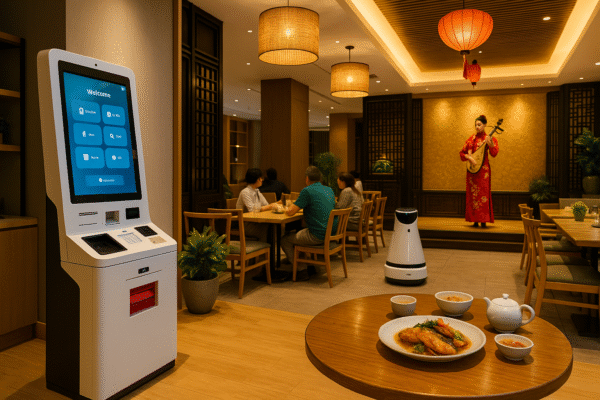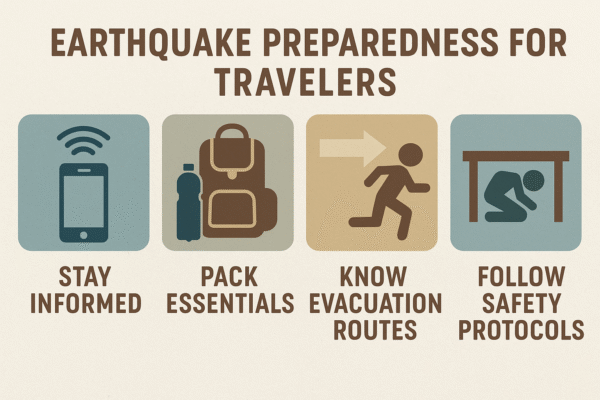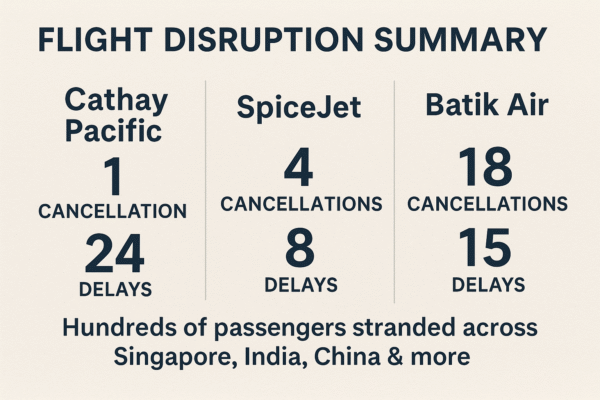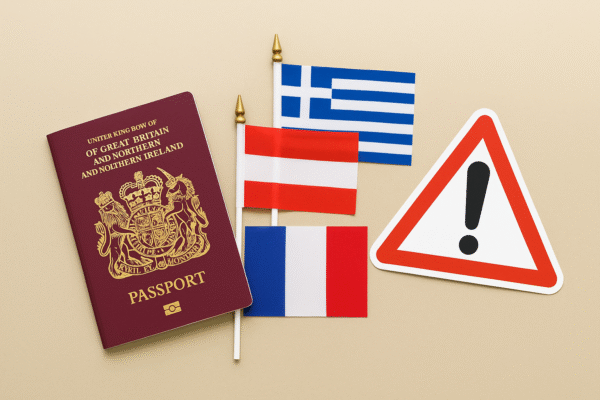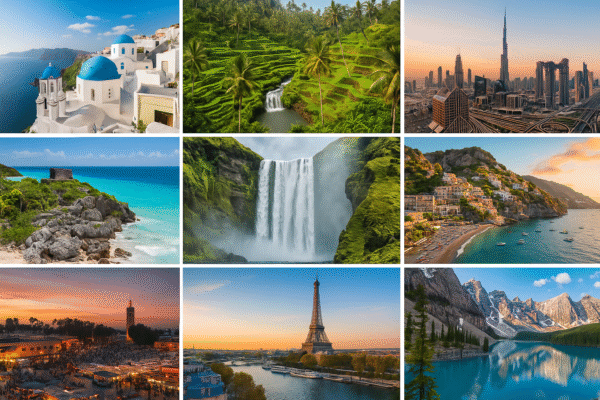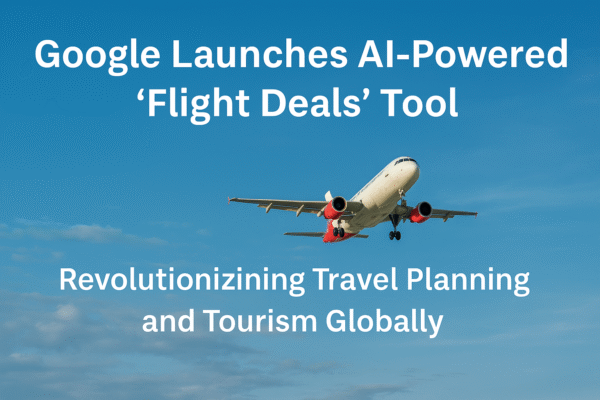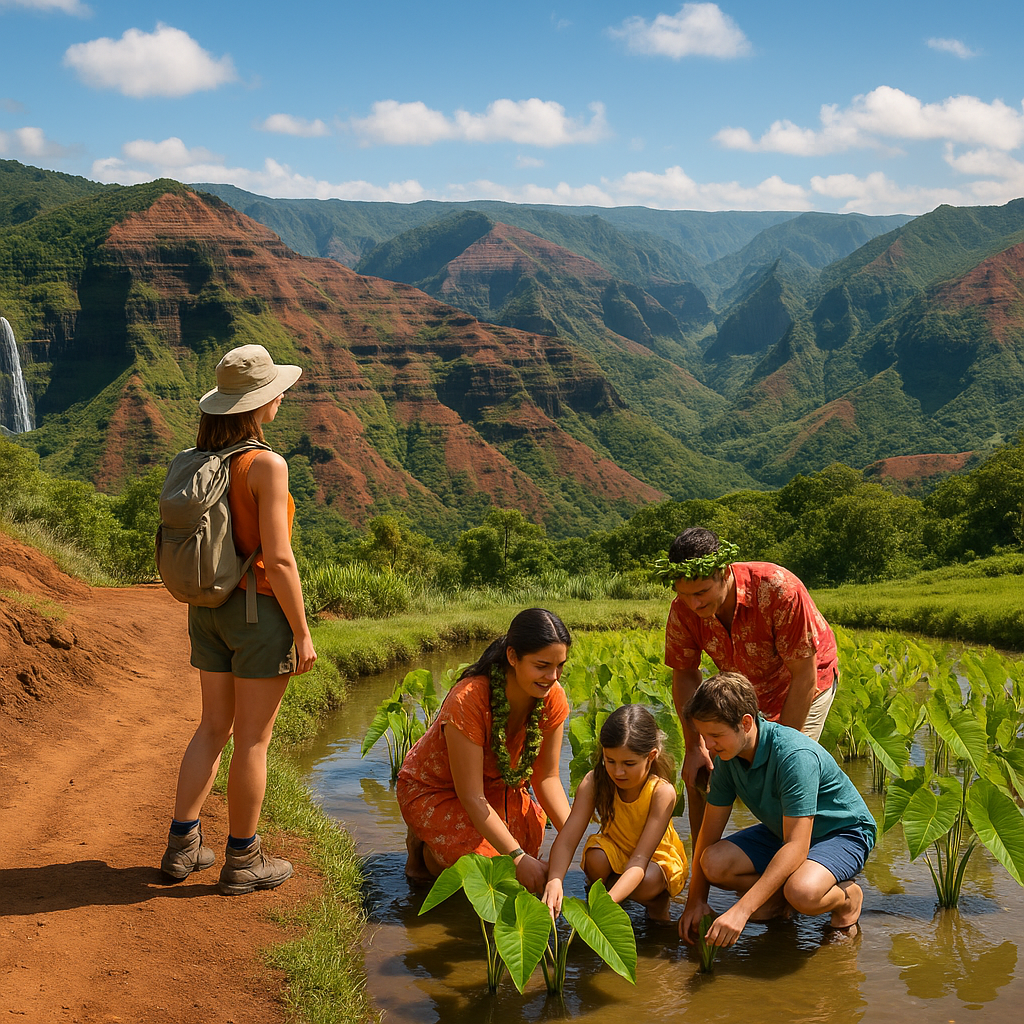Hawaii’s iconic travel industry is on a transformative path, with its economic value projected to soar to USD 49 billion by 2035. This surge—from an estimated USD 31.3 billion in 2025—represents a robust compound annual growth rate (CAGR) of 4.6%, according to recent tourism and economic data from the state. Driving this momentum is Hawaii’s commitment to sustainable travel, enhanced visitor experiences, and modernized infrastructure that aligns with global travel preferences and environmental stewardship.
As the world pivots towards eco-conscious tourism, Hawaii is carving out its leadership role in experience-based travel, blending its natural beauty and cultural richness with smart destination planning.
Expanding Appeal Across Generations and Global Markets
Hawaii’s allure has long spanned golden beaches, lush volcanic landscapes, and the vibrant traditions of Native Hawaiian culture. However, its appeal is evolving. No longer just a honeymooner’s paradise or a luxury retreat, Hawaii now attracts a broad demographic—ranging from solo digital nomads and Gen Z backpackers to multi-generational family travelers and wellness-focused retirees.
This demographic diversification is echoed in Hawaii’s visitor origins. While mainland U.S. travelers remain a vital segment, increasing arrivals from the Asia-Pacific—particularly Japan, South Korea, and Australia—are strengthening the state’s international profile. This global mix adds resilience to Hawaii’s economy, helping to offset volatility caused by regional disruptions or exchange rate fluctuations.
Major Infrastructure Investments Support Sustainable Expansion
To support this wave of travelers, Hawaii has launched a series of critical infrastructure upgrades. Airports in Honolulu, Kahului, Lihue, and Kona are undergoing multimillion-dollar enhancements, improving passenger flow, terminal efficiency, and sustainability measures such as solar energy integration and stormwater control.
Public ground transport systems are also being expanded and electrified, with eco-shuttle routes connecting key tourist zones to reduce private vehicle usage. On Oʻahu, the new Skyline rail system marks a leap forward in urban mobility. Additionally, broadband infrastructure improvements are extending high-speed internet to more remote areas, enhancing the digital convenience of rural tourism.
These improvements not only bolster capacity but also align with Hawaii’s pledge to be a model for green and smart tourism destinations.
Experience-Driven and Eco-Friendly Tourism on the Rise
Hawaii’s evolving tourism product is shaped by rising demand for immersive, ethical, and low-impact experiences. Hotels, resorts, and vacation rentals are increasingly implementing sustainability standards—eliminating single-use plastics, incorporating solar power, and adopting water conservation technologies.
Travelers now seek more than sun and sand. They’re signing up for forest restoration programs on Kauaʻi, organic taro farming tours in Hāna, and language workshops that revive ʻōlelo Hawaiʻi (Hawaiian language). From cultural storytelling at heiau (temples) to locally guided hula and canoe-making classes, experiences now emphasize genuine engagement over consumption.
Adventure tourism remains a major magnet as well. Hiking Haleakalā, night snorkeling with manta rays off Kona, and traversing the Nā Pali Coast by kayak are just a few ways travelers are interacting with Hawaii’s natural environment in mindful, regulated ways.
Community-Led and Conservation-Funded Tourism Models
A key shift in Hawaii’s tourism model involves community-based participation. Local groups, nonprofit organizations, and native-led initiatives now shape the development and regulation of new experiences. From Kauaʻi’s Hāʻena State Park reservation system to Maui’s community-managed marine reserves, localized stewardship is creating a balance between visitor access and environmental limits.
Park entrance fees and voluntary visitor contributions now go directly into conservation funds that support reforestation, coral reef restoration, endangered species protection, and maintenance of cultural landmarks. Moreover, initiatives like the Aloha+ Challenge and Mālama Hawaiʻi underscore the state’s commitment to regenerative tourism—where visitors actively contribute to the places they explore.
Digital Innovation Enhances Visitor Experience and Management
Technology is playing a pivotal role in modernizing Hawaii’s travel ecosystem. Hotels and airlines are integrating AI-powered concierge services, mobile check-in options, and seamless digital booking platforms. Visitors are encouraged to use apps for real-time itinerary planning, trail permits, cultural site education, and sustainability tips.
Hawaii’s marketing strategies are also going digital-first. Social media campaigns targeting specific traveler segments now promote lesser-visited islands and off-season travel windows. This not only manages overtourism but also redistributes economic benefits across communities and months.
Data analytics tools are helping tourism boards monitor crowd flow, tailor campaigns, and reduce pressure on high-traffic locations like Waikīkī Beach, Hana Highway, and Diamond Head State Monument.
A Vision for 2035: Smart, Sustainable, and Spiritually Rich
With its unique blend of natural wonders and cultural depth, Hawaii is setting the standard for what future tourism should look like. Its forecasted USD 49 billion tourism economy by 2035 reflects not just quantitative growth, but also qualitative advancement—where environmental consciousness, smart technology, and community enrichment form the pillars of long-term success.
By prioritizing visitor education, native involvement, infrastructure resilience, and eco-tourism innovation, Hawaii stands poised to redefine global travel narratives. For the modern traveler seeking meaning, mindfulness, and connection, Hawaii remains one of the most fulfilling destinations on Earth.
For more travel news like this, keep reading Global Travel Wire

